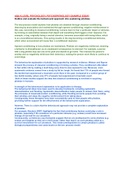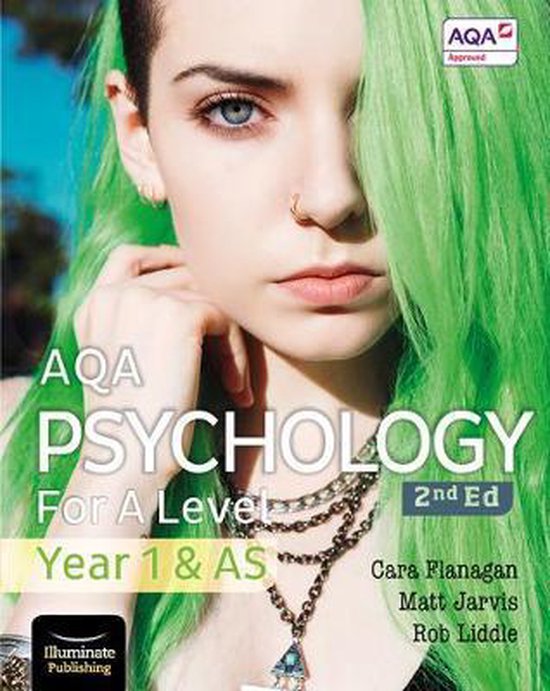AQA A LEVEL PSYCHOLOGY, PSYCHOPATHOLOGY EXAMPLE ESSAY
Outline and evaluate the behavioural approach into explaining phobias.
The two-process model explains how phobias are obtained through classical conditioning
(learning by association) and maintained through operant conditioning, negative reinforcement in
this case. According to classical conditioning, humans learn to fear a particular object or stimulus
by forming an association between that object and something that triggers a fear response. For
example, a dog, originally being a neutral stimulus, becomes associated with being bitten, which
is an unconditioned stimulus. This paring results in the dog becoming a conditioned stimulus,
which when encountered will cause fear, a conditioned response.
Operant conditioning is how phobias are maintained. Phobias are negatively reinforced, meaning
a behavior is strengthened, as an unpleasant consequence is removed. For example, a person
with a dog phobia may see one at the park and decide to go home. This reduces the person's
anxiety and so negatively reinforces their behaviour, making the person more likely to continue to
avoid dogs.
The behaviourist explanation of phobias is supported by research evidence. Watson and Raynor
showed the process of classical conditioning in forming a phobia. They conditioned Little Albert
to fear white rats by making a loud bang every time he was exposed to one. Moreover, more
systematic evidence comes from a study by Ad be Jongh. He found that 73% of people who feared
the dentist had experienced a traumatic event there in the past. Compared to a control group of
low dental anxiety, where only 21% of people had experienced a traumatic event.
Both of these studies support the idea that classical conditioning is involved in acquiring
phobias in humans.
A strength of the behavioural explanation is its application to therapy.
The behaviourist ideas have been used to develop treatments, including systematic
desensitisation and flooding. Systematic desensitisation helps people to unlearn their fears, using
the principles of classical(counter) conditioning, while flooding prevents people from avoiding
their phobias and stops the negative reinforcement from taking place.
Consequently, these therapies have been successfully used to treat people with phobias,
providing further support for the effectiveness of the behaviourist explanation.
However, There is a claim that the behavioural approach may not provide a complete explanation
of phobias.
For example, Bounton (2007) highlights the fact that evolutionary factors could play a role in
phobias, especially if the avoidance of a particular stimulus (e.g. snakes) could have increased
change of survival for our ancestors.
Consequently, evolutionary psychologists suggest that we are predisposed to some phobias (e.g.
snakes and heights) as they are in fact innate, rather than learnt, as such phobias acted as a
survival mechanism for our ancestors. This innate predisposition to certain phobias is called
biological preparedness and casts doubt on the two‐process model.





